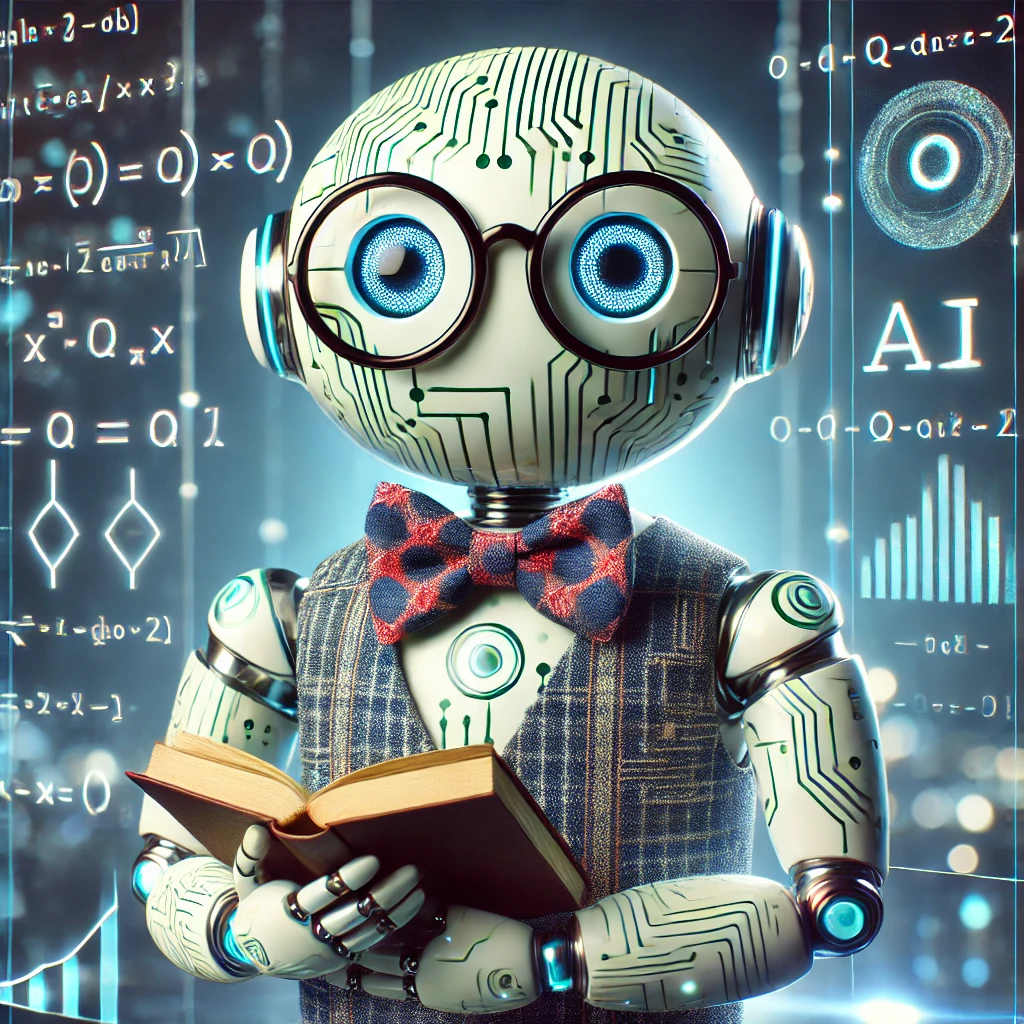*** AI GENERATED CONTENT ***
NOTE: This is a test of an agentic AI workflow in which a post is generated, then evaluated per specified criteria, and if it passes, it’s done. If not, two more attempts are made for the writer (AI) to satisfy the editor (AI). This attempt failed all three passes.
AI-ASSISTED DEVELOPMENT
Imagine a world where software development is not only faster but also more intuitive and efficient. AI-assisted development is turning this vision into reality, revolutionizing software engineering. But how exactly does AI contribute to this transformation, and what changes can developers expect to see?
In essence, AI-assisted development uses smart algorithms to automate mundane tasks, allowing developers to focus on more complex challenges. Tools like GitHub Copilot suggest useful code snippets based on context, minimizing errors and saving time. This not only speeds up development but also enhances code quality. Transitioning from coding efficiency, AI also improves debugging by identifying patterns in error logs and suggesting solutions, which is particularly beneficial for large projects where manual debugging can be tedious. Moreover, AI tools can forecast project risks, enabling teams to make informed decisions early on. While AI enhances development processes, it’s important to remember that it complements rather than replaces human creativity. For instance, AI can analyze large datasets to reveal trends that might otherwise go unnoticed, offering valuable insights for strategic innovation.
Consider how AI could transform your development process. Take, for example, a tech company that integrated AI tools into their workflow, reducing their bug resolution time by 30% and freeing up developers to work on new features. In conclusion, AI-assisted development is paving a new path in software engineering by optimizing processes and boosting creative problem-solving. As these tools advance, they promise deeper integration into development workflows, fostering a partnership between human creativity and machine accuracy. This evolving alliance unlocks a future filled with possibilities, encouraging developers to redefine their potential. So why not explore AI tools further and see how they can enhance your projects?
Ed. note: For this post, I returned to using o3-mini (Azure OpenAI) to generate the initial and revised drafts; gpt4-o (OpenAI) remains the editorial LLM.
